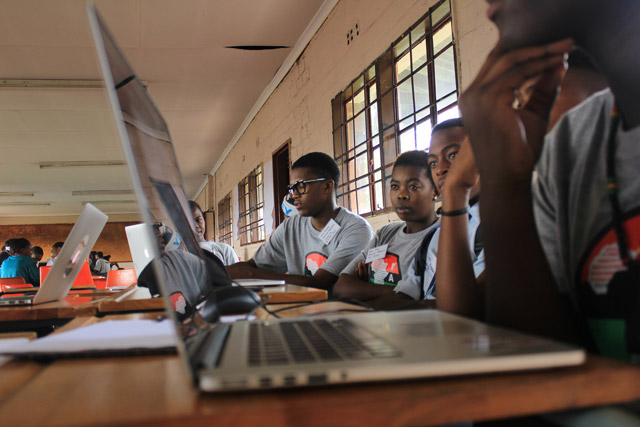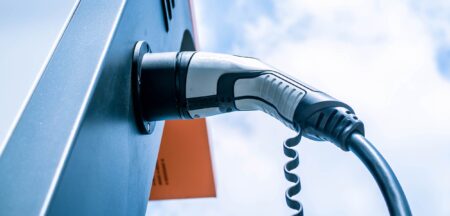 The matric pass rate has been in a steady decline since 2010, down from 75,8% last year to 70,7% this year. Many people have provided views on why this is happening, from learners being pushed to higher grades while not ready, lack of basic arithmetic and literacy skills, shortage of teachers, and inadequate teacher training, just to name a few. The challenges facing education remain enormous.
The matric pass rate has been in a steady decline since 2010, down from 75,8% last year to 70,7% this year. Many people have provided views on why this is happening, from learners being pushed to higher grades while not ready, lack of basic arithmetic and literacy skills, shortage of teachers, and inadequate teacher training, just to name a few. The challenges facing education remain enormous.
But what if we could start a tailored turnaround per student, per teacher, per school? An adaptive learning platform with a strong analytics engine can assist in improving some of educational challenges facing South Africa.
Our system, like many others, is designed around a one-curriculum-fits-all approach. Teachers can stay aware of individual learning differences to some degree, but in general everybody is expected to follow the same regime. The challenge is that we have a very diverse learner population, across myriad factors, meaning few students will match the average learner profile the curriculum is designed for.
What further complicates the situation is that it’s not easy for a learner to deduce what their strengths, weaknesses and preferred learning style are, let alone for a teacher to be able to tailor classes to 50 learners, each with different styles.
This is where an adaptive learning platform supported big data analytics can start making a difference. We speak of big data when a data set is too extensive and diverse to analyse using normal methods like spreadsheets. Adaptive learning platforms build on the insight created from this big data to tailor the learning experience to the individual leaner. An example of this is the “Connected Chemistry” curriculum in the US, which helps students learn key concepts in chemistry, statistics and mathematics while at the same time tracking their learning behaviour, uncovering how they prefer to learn. The Connected Chemistry software uses assessment tools as well as test evaluation to determine the learner’s learning pattern and uses this information to automatically refine the delivery of the content. If we unleash this analytical power on our education system, we could tailor learning paths for each learner to reflect their true learning style.
While South Africa has already started to put components in place to allow us to work towards the Connected Chemistry example, such as the roll-out of tablets and digitisation of learning content, we still have a long way to go. But there are areas where we can already start to work towards an adaptive learning environment today. Numerous assessments are conducted in each grade to determine a learner’s readiness to progress to the next grade. These assessments are mostly manual and therefore not benefiting from historical data on those same learners. At the same time, Statistics South Africa is already collecting data about the education system in South Africa, from number of learners, learner to teacher ratio, annual pass rates, to dropout rates. There are five steps the educators can start to take which will always pay off:
1. Digitise learner assessments. By building on the roll-out of computers and tablets to schools, educators can digitise the learning assessments thereby expanding the data centrally available about the learner’s strengths, weaknesses and learning styles.
2. Look for patterns. Use the data to identify patterns in our education system that could signal potential improvements we could make to the system as a whole
3. Start building learner profiles. Combine the data available to Stats SA with the data from the digital learner assessments and enrich it with data from the public domain, such as social media, to start building a profile of the individual learners. It will however be key to keep in mind South African data privacy laws.
4. Equip learners and teachers. Equip the learners and teachers with the insights generated to create awareness about the most suitable learning path for that individual learner.

The South African education system has to find the right balance between technology and educational concepts. Because, although these technologies can transform our education for the better, they can also severely impair it. There are many cases across the world where technology interventions had inverse effects. In all cases this was because focus on the learner outcomes was lost and overarching pedagogy wasn’t adapted to properly integrate the technologies.
There is huge value in the data flowing through the education system. Applying big data analytics to establish an adaptive learning platform could start a data-driven way of equipping our learners for their matric exams — one learner at a time. The point of success will be on the intersection between technology and the education system. The technology in itself is not the solution, but is a critical enabler to inverting the matric results trend.
- Marcel Kramer is senior manager, technology strategy, Accenture South Africa




